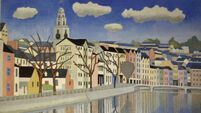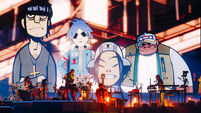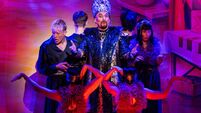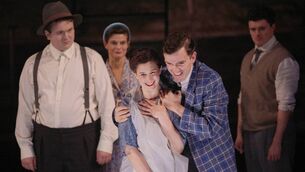Club culture in the 1990s: How Dublin danced to a new beat
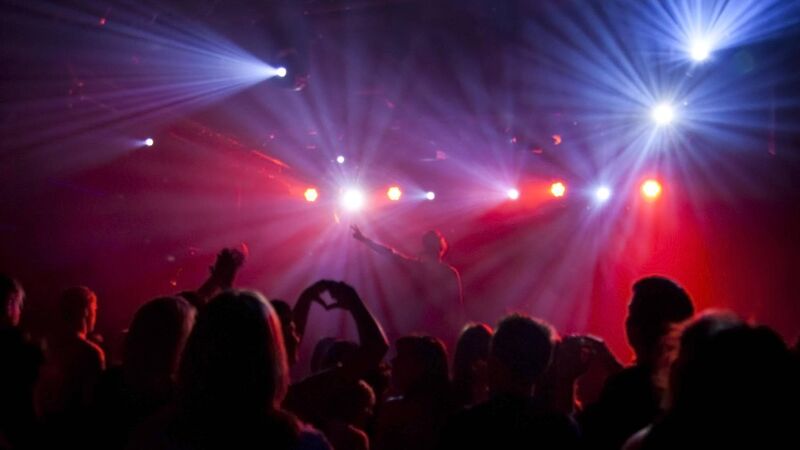
Analog Rhythms - A Celebration of Dublin Club Culture takes place at The Bernard Shaw.
Thirty years ago, Irish youth culture took its brains to another dimension. The 1990s was a golden age for clubbing all over the world, as genres such as house music and later jungle and trip-hop briefly dominated the zeitgeist. But in Ireland the shockwaves felt especially profound as a country that had spent the previous decades languishing in poverty, religiosity and grinding hopelessness stepped into the bright lights.
This cultural insurgency was countrywide. But it manifested in different ways in different places. In Cork, Sir Henry’s became the lodestar for a clubbing scene that would put the city on the international map. In Waterford, the short-lived South mega-club – previously the “Celtworld” theme park – became an epicentre (albeit slightly later in 2001) while the Bridge Hotel hosted Underworld during their Born Slippy imperial phase. Galway had the Castle in Salthill, with its regular Sex Kitchen evening.
In Dublin, the sheer size of the city ensured clubbing would become a multi-headed beast. It was simultaneously underground and commercial, niche and mainstream, grass-roots and corporate. And the full scale of that explosion is now explored and celebrated in a new exhibition, to be hosted at the Bernard Shaw pub and venue in Drumcondra July 9-10.
Analog Rhythms – A Celebration of Dublin Club Culture tracks the rise and fall of venues such as Sides DC at Dame Lane, Temple of Sound on Curved Street in Temple Bar, The Ormond Multimedia Centre on Ormond Quay, The Pod on Harcourt Street, Columbia Mills on Sir John Robertson’s Quay in the docklands, and The Asylum, a three-storey, pink-exterior building on Sackville Place.
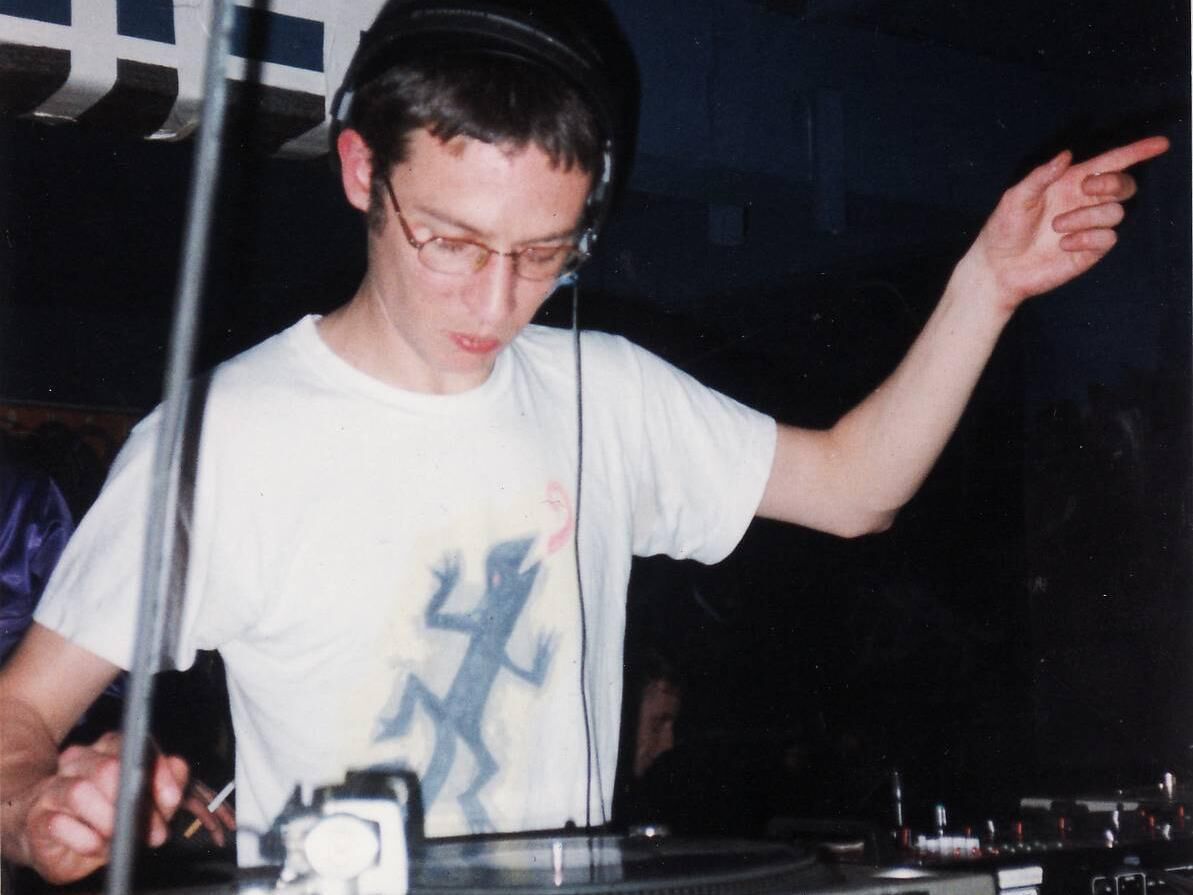
“The 1990s was a time of cultural awakening in Ireland for many reasons. There was a lot of [social] liberalisation. The nightlife industry gained traction over that period,” says Stephen Wynne-Jones of club culture website 909 Originals, which has put on the exhibition.
“It's important to tell the story of where things came from,” says Wynne-Jones who began DJing and documenting the scene in the late 1990s. “The nightlife industry is going through a difficult period at present. But it is well established that Dublin and Ireland is a good place to go out in. And that we’re attractive to foreign visitors in terms of our nightlife.”
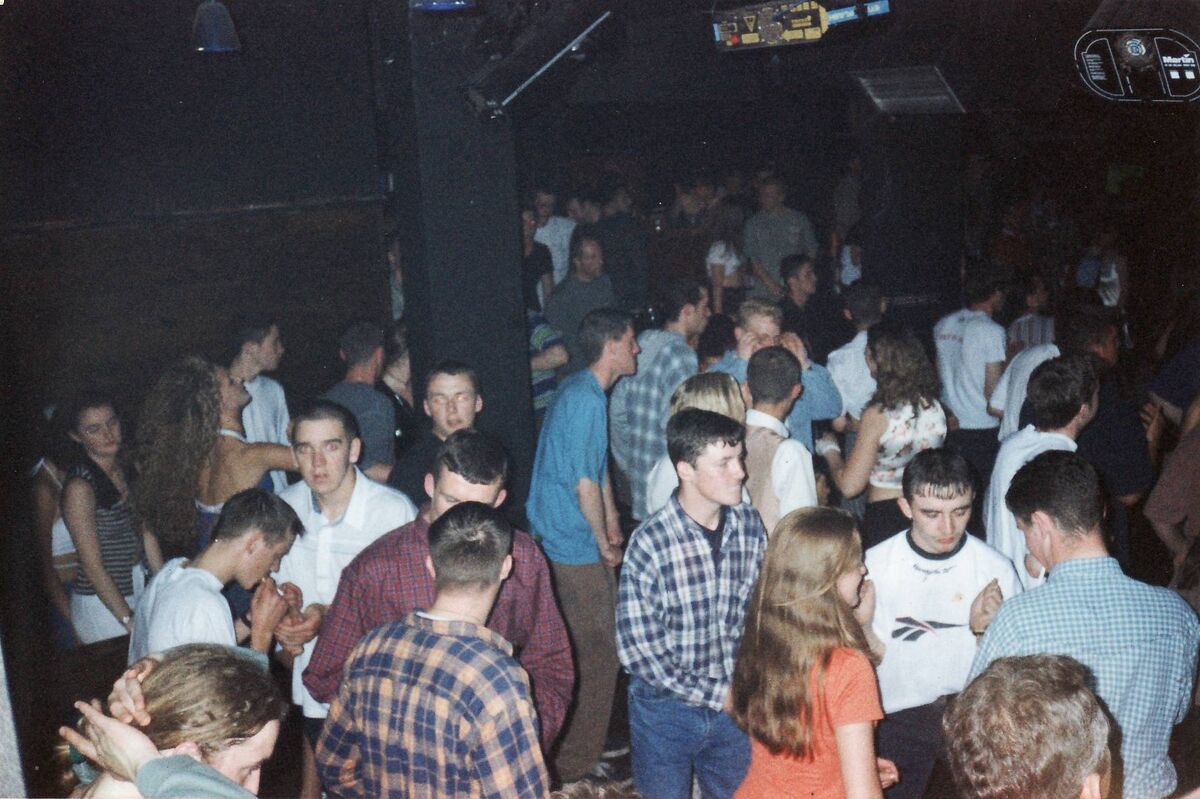
The story of clubbing in Ireland is bound up with the wider cultural history. The early 1990s were a period of huge change for the country. The despair of the Eighties had gone but the empty swagger of the Celtic Tiger had yet to come roaring through. And if Ireland was becoming recognised as a cultural hotspot, Dublin had yet to turn into a purgatory of British stag parties and Leprechaun museums. For just a moment, everything seemed possible – and that sense of unfulfilled potential lit a fuse under Irish nightlife.
“You can track it from the late 1980s,” says Wynne-Jones. “There were a few clubs. Established places like Sides and the Olympic Ballroom [on Pleasants Street in Dublin 8] were running dance events by the early 1990s. But there was also a lot of negativity about the industry. There was acid house hysteria [in the press].”
This attitude of shunning youth culture had fallen away by the middle of the decade. Clubbing was recognised for its cultural currency.
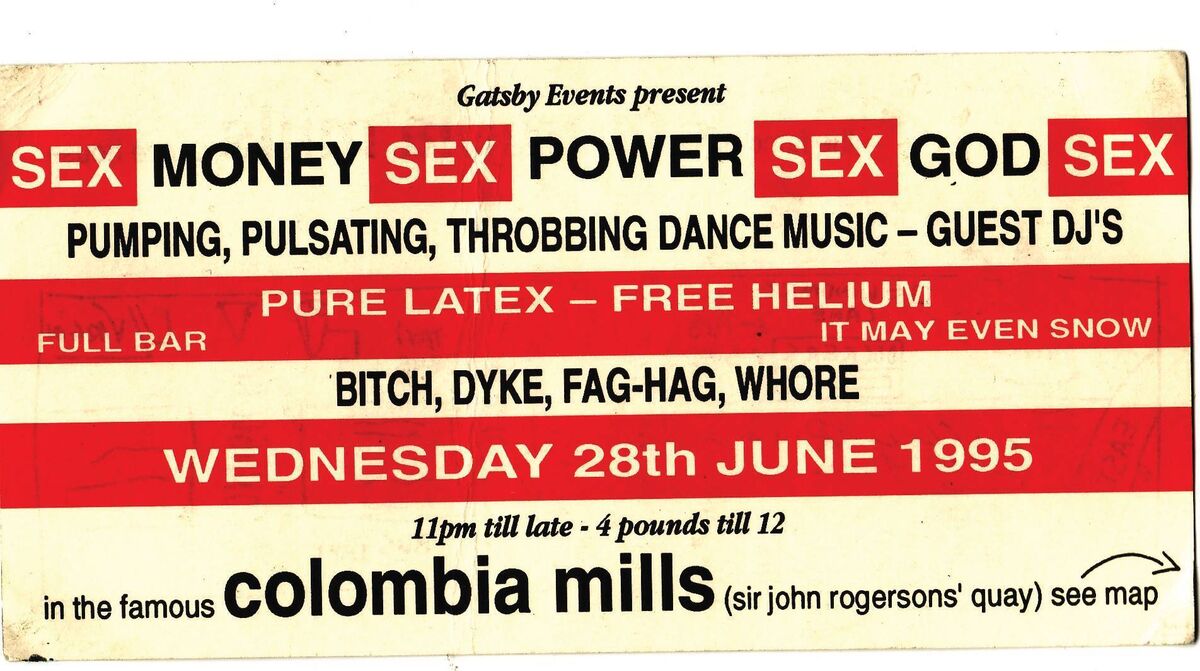
“As the 1990s progressed, there's an element of growing sophistication about Dublin nightlife,” says Wynne-Jones. “You had venues like the Pod opening up, with John Reynolds. And the Kitchen [at Bono and The Edge’s Clarence Hotel]. You went in terms of media coverage from clubbing being some sort of dirty underground nasty thing. To being something we should be proud of. During the mid-point of the 1990s you had countless magazines coming from overseas saying, ‘Is this the clubbing capital of Europe?”
Each clubbing scene in Ireland was unique. What set Dublin apart was the sheer diversity, says Wynne-Jones.
“You had different tribes to a certain degree. This was very prevalent back in the 1980s and 1990s. For the real underground clubbers you had venues such as the Asylum. For the more sophisticated you had the Pod and the Kitchen. Even within that, if you were into drum and bass, you’d go to the Funnel or Switch.
“If you were into hard techno you might go to the Kitchen on a Tuesday. Dublin being the capital city and a bit of a melting pot culturally, though obviously a lot more so now, you had the development of multiple different strands of nightlife all happening at the same time. You had some promoters you took things very seriously. And others who just wanted to have a bit of a laugh, like Martin Thomas’s Strictly Handbag.”
One of the first to recognise something was happening in Dublin was David Bowie who, by 1997 had fallen hard for drum and bass (that year saw the release of his jungle-themed Earthling LP]. He would visit the capital, attending drum and bass nights at venues such as Andrew’s Lane. He may have been attracted by the grass-roots character of the movement here. He will certainly have noticed the sense of self-belief and optimism in the air.
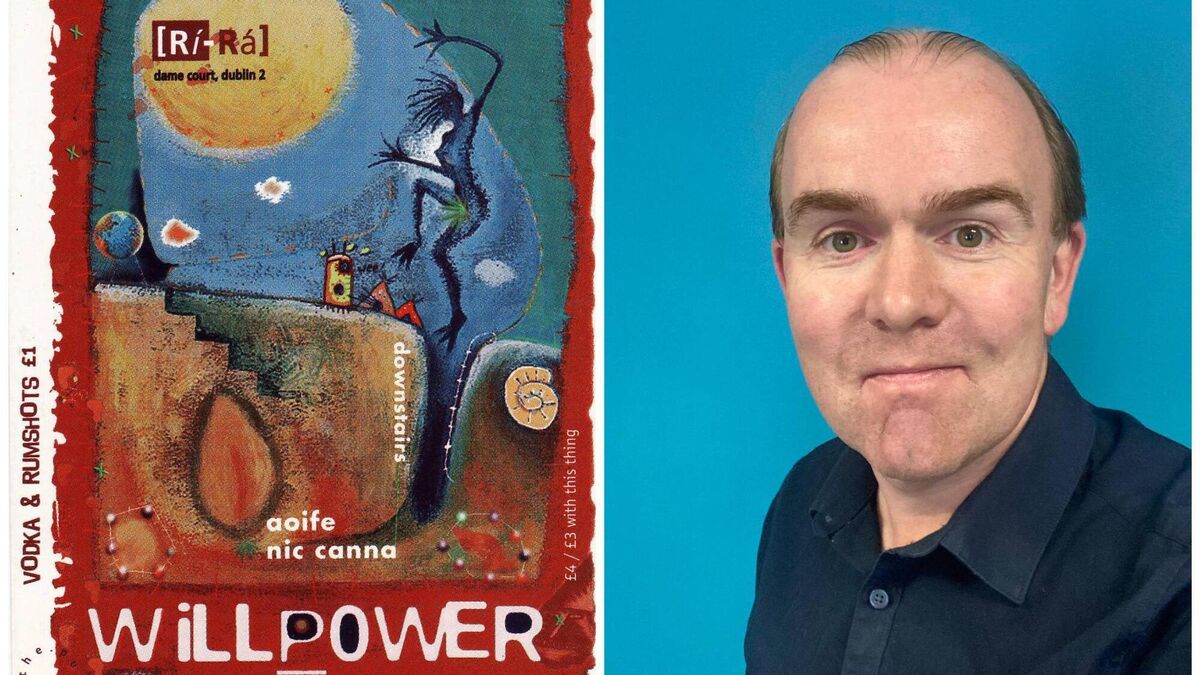
“Ireland began to feel a little more self-confident about itself,” agrees Wynne-Jones. “Those who were in college in the 1980s who didn’t emigrate, who didn’t leave the country were like, ‘why don’t we create something?’ People would go to London and further afield and come back seized by a sense of possibility.
“They were seeing what was going on in the UK with the emergence of the acid house scene. And seeing there was nothing happening here. It was really about taking a punt: could we create something in Ireland? A promoter might know a few people who played some records. They might save a few quid and bring down someone from the North to play a night. They might bring bands with them as well.”
Initially, this was a DIY movement. “It was born really out of the 1980s and the disillusionment and the lack of job options and career prospects,” says Wynne-Jones.
From the outside, it looked like an overnight revolution. One minute Dublin was a moribund backwater, the next one of Europe’s party capitals. In fact, this was a story years in the making.
“It depends who you talk to. The likes of Tonie Walsh [founder of Gay Community News] would say it started with Flikkers, a gay disco which opened in the late 1970s [on Fownes Street in Temple Bar]. Others should say Sides which opened in 1986 but which didn’t become a house music venue until a few years after that. The UK had its 1988 and all of that [when influential acid house night Shoom began to attract media attention in London].”
Dublin was a couple of years behind. “You had venues like the Olympic Ballroom opening to dance events. And the Mansion House, which was really well covered in the mainstream media and put things in the spotlight. You had events taking place in The Point. You had clubs like The Asylum. Certainly, by 1993 or 1994 we had a broader outlook catering for different tastes.”
There are lessons for today, too. Amid a seemingly unresolvable accommodation crisis, youth culture has to find new ways to express itself. There is evidence, feels Wynne-Jones, that the DIY outlook that informed 1990s clubbing may be about to come roaring through once more.
“A lot of people who were clubbing back then are now the bosses, CEOs and international representatives of Ireland. Including plenty of TDs. It can’t have harmed our confidence, which was obviously lifted by the Celtic Tiger as well. The problem with clubbing in Ireland and Dublin and a lot of markets is that it is cyclical. There are periods when things shut down and people ask, ‘Is the honeymoon over?’ Then there’s a new generation coming through saying ‘Let’s go back to basics and keep the fire burning’.”
- Analog Rhythms - A Celebration of Dublin Club Culture takes place at The Bernard Shaw, Cross Guns Bridge, Drumcondra, Dublin, July 9-10
- Sweat at Sir Henry’s, Cork: The club night to rule them all and one of the most influential cultural institution to come out of Cork. DJs Shane Johnson and Greg Dowling were well ahead of the zeitgeist when they started Sweat in 1988. “A deep house frenzy” wrote an approving Face magazine.
- Sex Kitchen at the Castle, Salthill, Galway: Funky house and lashings of dry ice made this club a bright point in clubbing in the West.
- Shine, Belfast Beginning in 1995: Shine soon emerged as one of Ireland’s biggest nights, with David Holmes, Andrew Weatherall, Darren Emerson and Richie Hawtin among those to play before it shuttered in 2018.
- The Asylum: Dark and loud, the Asylum was ground zero for techno in Dublin.
- The Funnel: An epicentre for drum and bass in Dublin, the Funnel was a 300-capacity club that opened on City Quay in 1997 and gave the city a much-needed DIY space as mainstream clubbing in the capital was becoming increasingly corporate.
